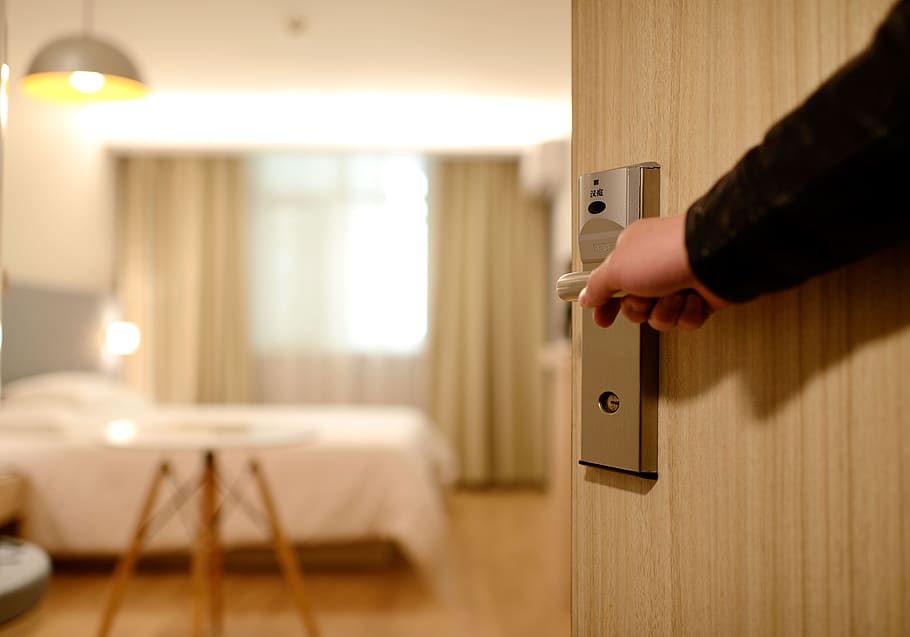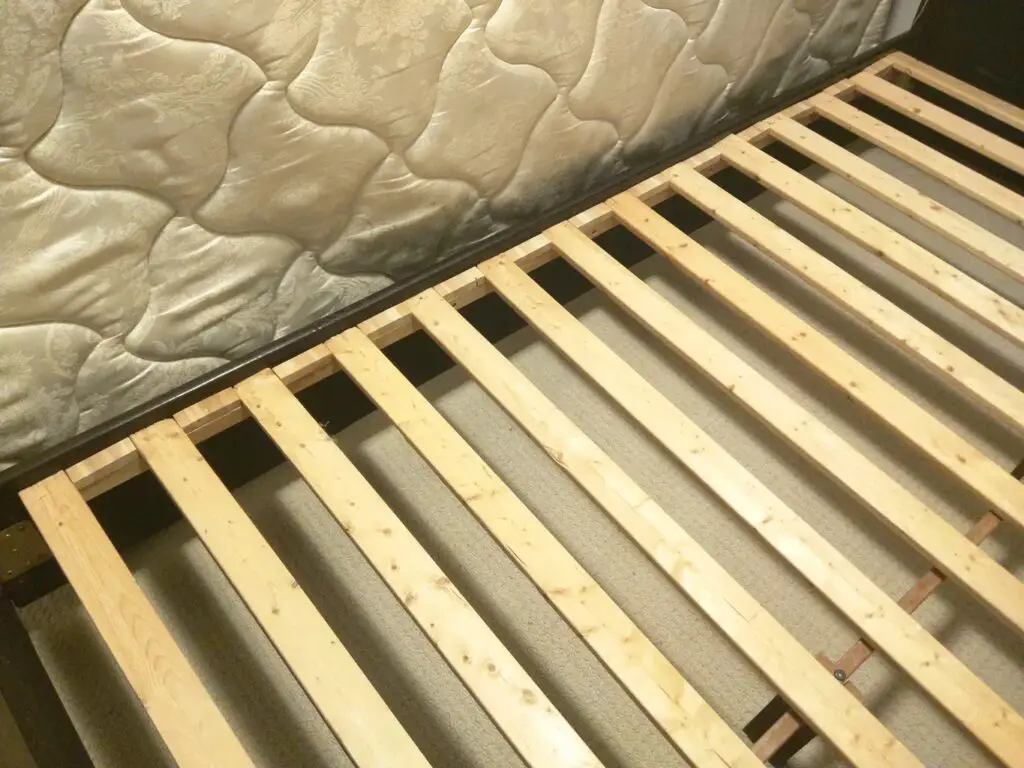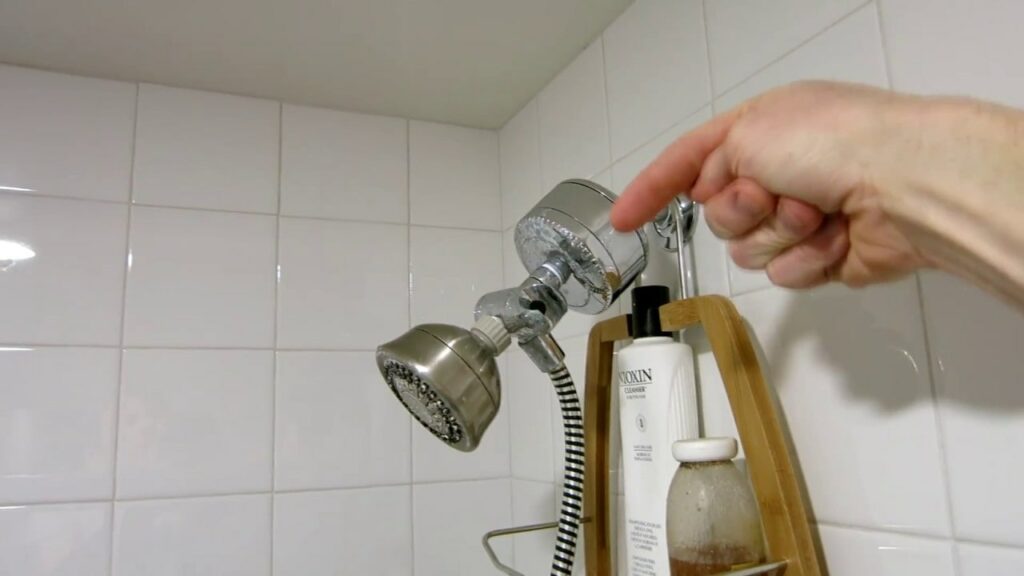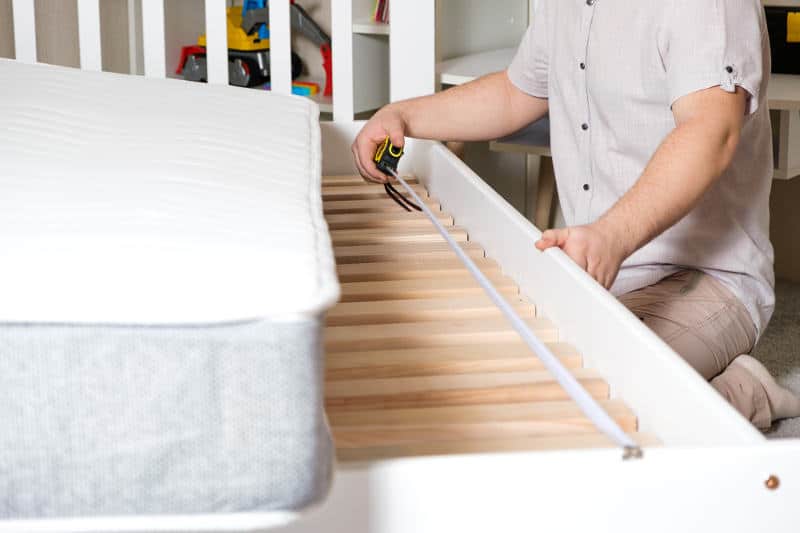Drywall is a material used to create interior walls and ceilings, however, dust on the walls can be difficult to clean.
You can easily clean the drywall dust with a few simple procedures, but when should you use it?
While plaster and carpet padding were the only options, drywall allows you to build soundproofing walls faster than ever.
Drywall dust formed by cutting drywall is difficult to clean whether wet or dry, and the joint compound is difficult to clean.
Breathing in dust containing microscopic particles results in health concerns such as chest discomfort, coughing, shortness of breath, and breathing difficulties.
Drywall dust can irritate the eyes and nose, and create breathing issues, if you have kids or pets in the house, this situation may exist.
You should read this entire post to prevent these health dangers because I have given the easiest approach to cleaning up drywall dust.
I’ve also addressed several key precautions that you should take before beginning this task.
So, get this process started!
Preparation before Cleaning up Drywall Dust:
Preparation is always the initial step before beginning any task.
If you don’t prepare correctly you will end up with a massive problem, so before you begin cleaning up the drywall dust, here are some steps as follows:
Open Windows and Doors:
Opening doors and windows will assist to ventilate the area, the fan may be used to enhance a home’s air quality.
Wear Protective Gear:
It is critical to protect yourself from dust by wearing the proper equipment like dust masks, gloves, and goggles.
Cover Furniture:
Another critical step is to protect the furniture in the room, to protect them from dust use sheets or plastic coverings.
Switch off the HVAC system and air conditioner:
You don’t really want dust to flow in the area, so switch off the HVAC system and air conditioner.
How to Clean Drywall Dust in 5 Easy Steps!
Cleaning up drywall dust is an important but frequently forgotten phase in the home repair process.
There are four primary methods for cleaning up drywall dust:
1. Hand Brush with Broom:

A brush is a device with bristles made of either natural or synthetic materials used to clean or remove liquids or solids.
A broom is a brush with strong artificial bristles including nylon, polypropylene, or polyester.
The first method is to clear up the drywall dust using a hand brush and a broom.
It is the most popular and easiest method for removing drywall dust, however, it is not the most effective way.
If you want to pursue the straightforward and easy route, it works better.
There is no need for any specialised equipment, so if you want to clean up the drywall dust use a hand brush in conjunction with a broom and dustpan.
Clean-up is a three-step process that must be followed precisely.
First, put on the dust mask and carefully sweep away any crusted dirt from the walls of your home using an old broom or hand brush.
The second step is to sweep up all of the unclean debris from the floors and carpets using a single sweep movement across each surface area.
Lastly, avoid consuming any dust since it will track millions of small particles throughout our systems, causing major health concerns.
2. Vaccum Cleaner:

A vacuum cleaner often known as a Hoover is a tool that collects dust and grime from surfaces and rugs.
It is the most often used domestic appliance.
As a consequence, it is no wonder that using a vacuum cleaner is the most efficient way to get rid of drywall dust.
A vacuum cleaner has the benefit of being particularly effective in removing drywall dust used on rugs and wooden floors.
The usage of a drywall sander with a vacuum attachment is dependent on the model of your vacuum cleaner.
This time you must use a shop-vac with one of two nozzles: one with wide holes is particularly fit for dusting or small particles such as sandpapery residue left behind by paper pulp or with narrow holes is suitable for small particles such as sandpapery residue left behind by paper pulp.
Another brush type is particularly developed in contrast to brushes used on other types of floors that can produce static electricity and actually attract dust.
Use a low-powered shop vac to avoid damaging the finish on your freshly cleaned walls, however, ensure that the hose is long enough to cover the entire room.
Instead, you’ll have to stop and move the vacuum cleaner around, which is inconvenient.
It is also critical to remove the vacuum cleaner often so that it does not become overloaded and cease to function correctly.
3. Wet Cleaning:

Wet cleaning is a cleaning process that uses water to remove dirt and dust from a surface.
Water can be applied with a sponge, mop, or cloth because drywall dust is frequently drawn to water.
Particularly if the dust is difficult to eliminate using a vacuum and a hand brush.
To begin, prepare a solution of water & dish soap, and soak a sponge in the mixture during this step.
Gently massage the sponge over the drywall dust regions.
Wash the area with clean water once you’ve eliminated as much dust as possible.
Most essential, if you intend to use a power washer, keep the pressure moderate as power washers with high pressure can cause drywall degradation.
Also, during using bleach, avoid getting the drywall too wet because soaking wet drywall can lead the paper on the drywall to peel off.
The wash should be gentle enough to clean dirt and dust without harming the walls.
Keep in mind not to use water near electrical outlets or switches as the electrical shock is a threat.
Alternatively, you can switch off the electricity at the breaker box before beginning to wet clean.
4. Regular or normal fabric:

A normal cloth also known as a regular cloth is a type of fabric used to clean surfaces made of a variety of materials such as cotton, polyester, and microfiber.
A regular cloth is an amazing option to clean drywall dust since it is efficient and versatile.
To avoid harming the surface, it is still vital to use the right cloth.
If you’re cleaning a painted surface, you must use a microfiber cloth and if the surface is not painted, you may alternatively use a cotton cloth.
To use a normal cloth, moisten it with water as described above, or use it dry.
Using a wet cloth will not spread any mess over you, however, it might be hazardous near electrical outlets.
In this case, a typical dry towel without water can be used to remove the dust off the drywall, so evaluate the sort of surface you are cleaning as well as the degree of dust.
If the dust is minimal, a normal cloth without water can be used, however, if the dust is severe, you should use a moist cloth or a vacuum cleaner.
5. Mix all of the above:

Understand the use of a broom, vacuum cleaner, wet cleaning, and a normal or ordinary cloth with a hand brush.
Now it’s time to combine these approaches and thoroughly clean the drywall.
You’ll need a hand brush and a broom to get started and work your way down from the drywall’s top, then thoroughly clean the area using a vacuum cleaner.
This will remove the difficult-to-reach dust.
Then, using a sponge or mop, moisten and clean the area, however, be certain that the region is not excessively damp.
Wash the area with clean water once you’ve eliminated as much dust as possible.
Leave the area to thoroughly dry before continuing.
Finally, clean off the surface with a normal towel to eliminate any residual dust.
These are the most efficient drywall dust removal procedures.
The methods listed below might assist you in keeping your home or office clean and dust-free.
Clean Drywall Dust from Windows, Doors, and Ceiling:

Windows, doors, and ceilings are common sites for drywall dust to gather, hence it is critical to clean these regions on a regular basis, here are some options as follows:
Window: Quell a microfiber cloth with water and use it to wipe the dust off the window, then use a soft cloth carefully wash down the window to clean all dust.
Door: To remove the dust that has accumulated on the door, use a vacuum cleaner with accessories.
Ceiling: Using a vacuum cleaner with a long connection, suck up the drywall dust from the ceiling.
Tools and materials required:
Before beginning, you must collect the following tools and equipment:
- Dustpan and broom.
- Cleaner of carpets.
- Wet cloth.
- Drywall Sander (if necessary).
- Tape for painting.
- Eye protection is essential (goggles or safety glasses).
- Mask for the nose and mouth.
- Hand Brush with Water.
Tips for Reducing Drywall Dust:
There are a few tips to minimize the amount of drywall dust that settles in your home:
- Clean your drywall with a moist cloth on a regular basis.
- This will aid in the prevention of dust accumulation.
- Use a HEPA-filtered vacuum cleaner to collect dust when sanding drywall.
- While patching or repairing drywall, use reduced joint compound.
- Prevent applying power tools on drywall including drilling and cutting tools.
- Keep a dust mask and eye protection if you must use them.
- It is preferable to prevent producing dust in your home in general.
If you must work with drywall, following these guidelines will assist to limit the quantity of dust produced.
Is Drywall Dust Highly flammable?
Drywall often contains gypsum, which is not flammable, however, drywall dust can be flammable if combined with other materials such as paper or wood dust.
If you are concerned about the possibility of flammable drywall dust, you should talk to fire protection professional.
In addition, keep your drywall dust clean and away from any other possible flammable items, however, drywall dust is not generally flammable.
Also read: How To Clean Dyson Vacuum Head?
FAQ: How to Clean Drywall Dust Quickly?
No, the drywall dust will not harm the vacuum cleaner. If you have allergies, it is best to clean the vacuum filter after cleaning the drywall dust.
Combining methods such as a vacuum cleaner, wet cleaning, a hand brush with a broom, and frequent cloth dusting may make cleaning easier and more efficient.
Your drywall may be extremely old and in need of replacement.
In addition, if you live in an older home, the walls are certainly not as smooth as they once were.
As a result of the surface texture, drywall dust is created.
Also read: Difference Between Vacuum Cleaner and Carpet Steamer
Conclusion:
To summarise, the best approach to clean up drywall dust is using a broom, vacuum cleaner, wet clean, ordinary cloth and hand brush.
You may also combine them all for the most thorough cleaning.
While cleaning up drywall dust, take measures including wearing a mask and goggles to avoid taking in any dangerous particles.
Lastly, by following these basic guidelines, you may limit the quantity of dust produced while working on your next task.
Thank you for your time!
Section Under: Ideas









